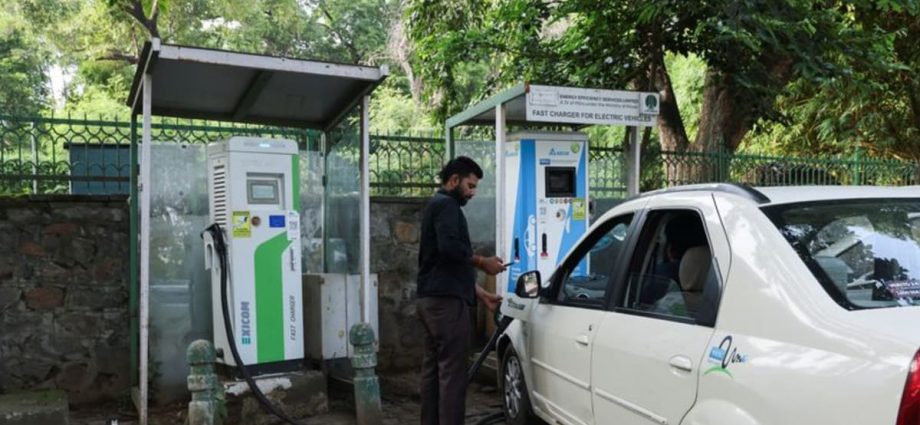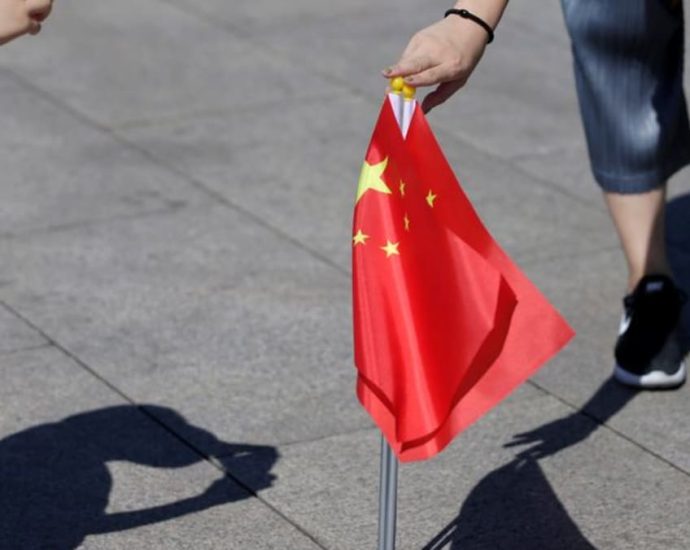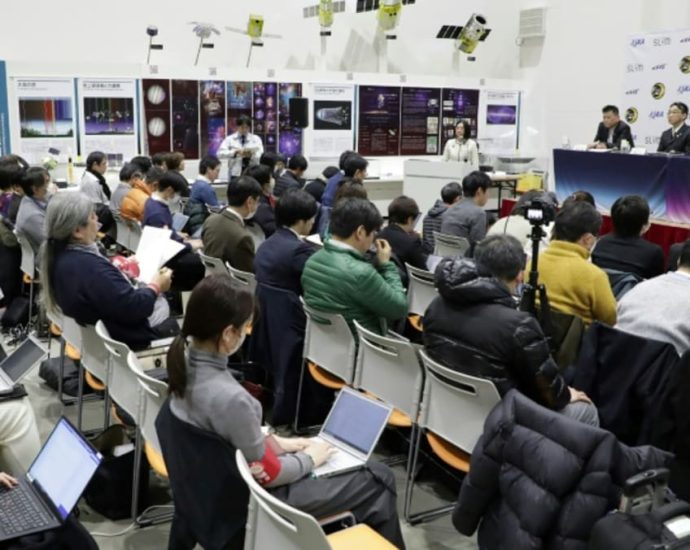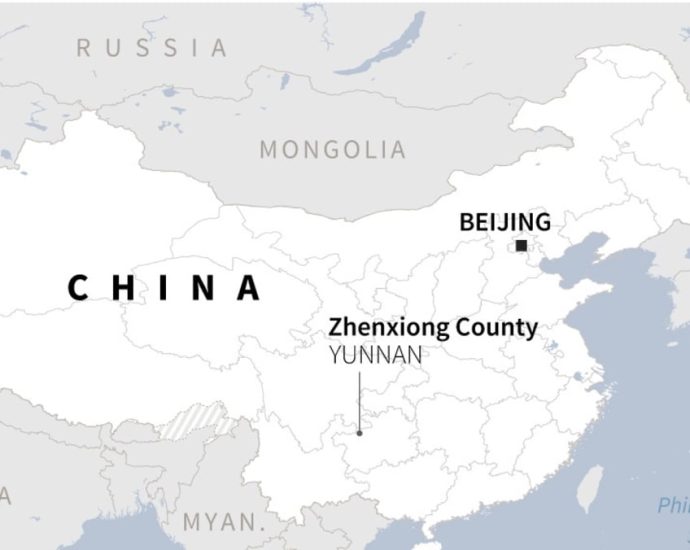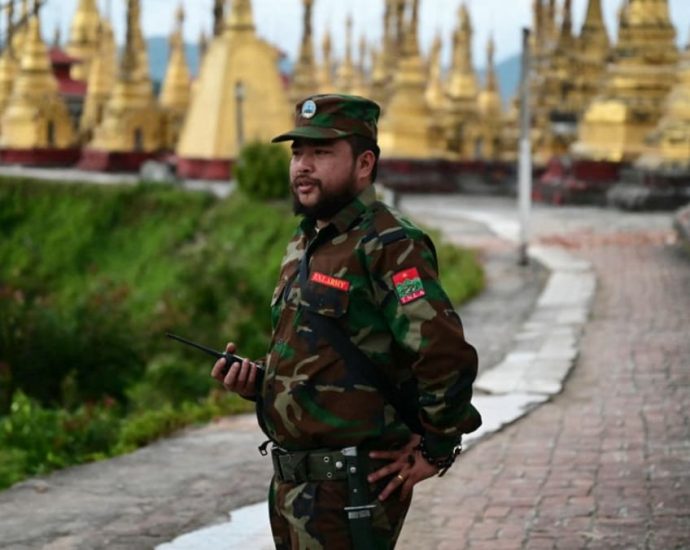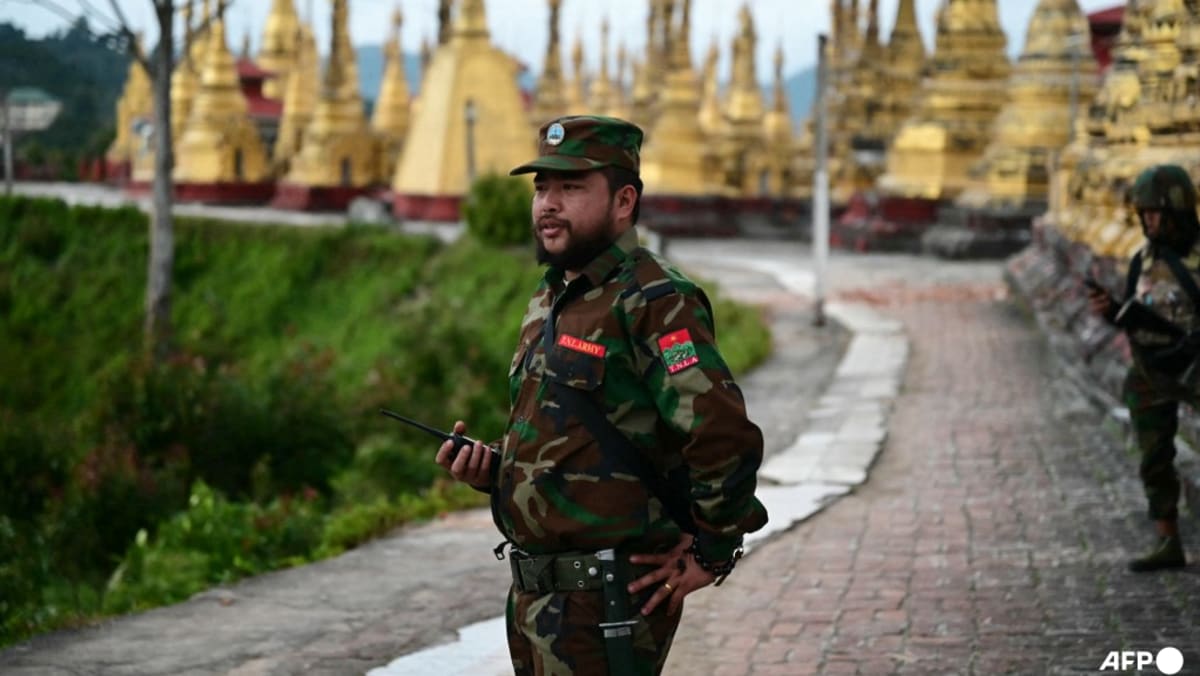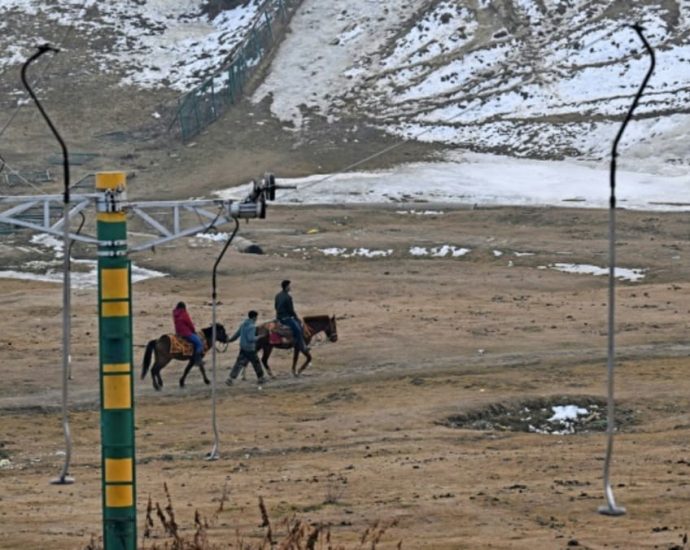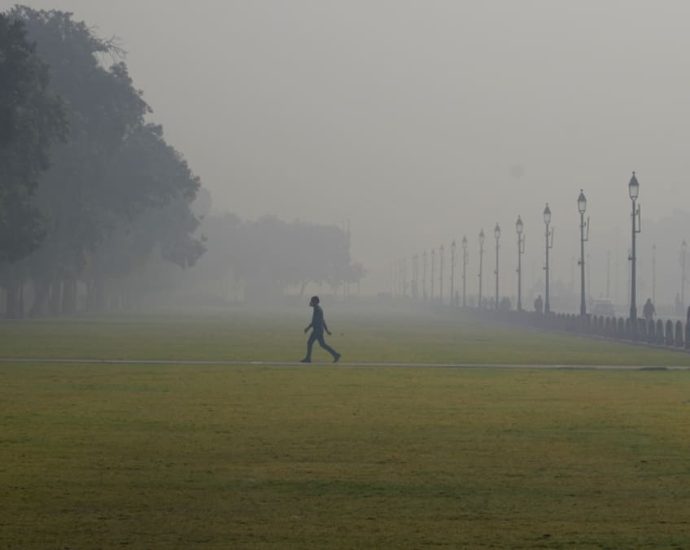Why New Delhi residents are finding it hard to switch to electric vehicles for personal use
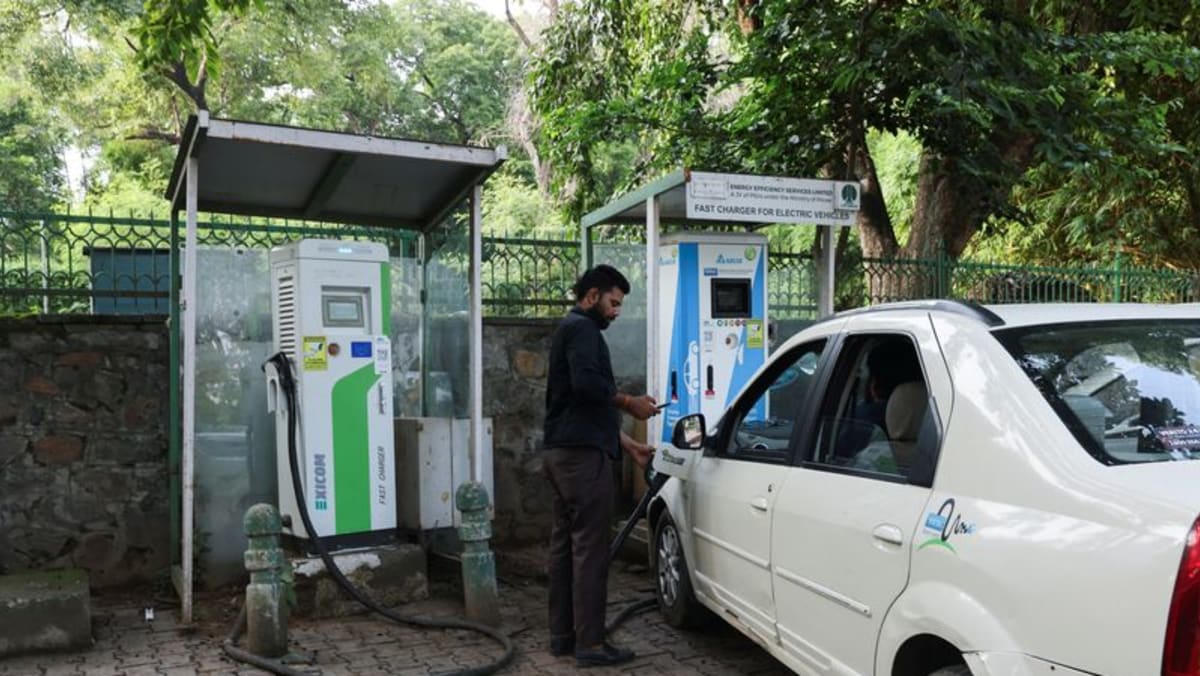
Mr Shouryendu said it takes four hours to get his Nexon EV, a sport utility vehicle produced by India’s iconic carmaker Tata Motors, fully charged.
Charging his EV at home is as easy as charging his phone, he added.
“The manufacturer has given us an option between a rapid charger and a slow charger. We have opted for a rapid charger. It charges quickly,” he said. “There are also charging stations located quite conveniently at malls (and) shopping complexes.”
His Nexon EV, which costs nearly US$22,000 two years ago, is among the most popular and affordable personal green vehicles on Indian roads, according to market watchers. Today, the same model has gone up in price, costing about US$1,000 more.
Currently, there are two Indian carmakers that produce EVs. Compared with foreign brands, they are a cheaper option for Indian consumers.

